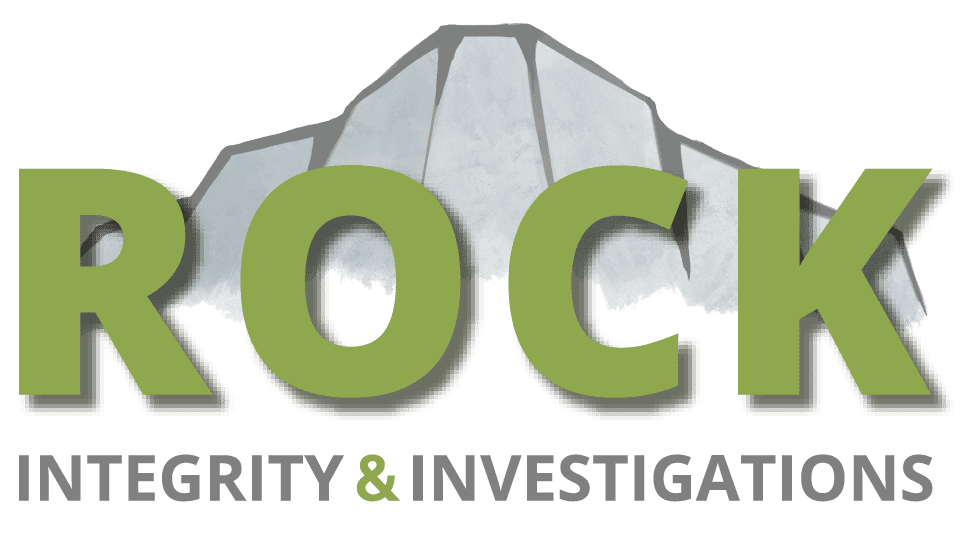INTEGRITY
For any organization, acting with integrity means being consistent with its values and principles. Integrity is the cornerstone of trust.
We help organizations foster a culture of integrity supported by the adequate procedural framework. It starts at the top of the organization, with its governance bodies, and cascades down to operational processes.
GOVERNANCE
We ensure our clients’ governance frameworks enable them to make sensitive decisions in compliance with relevant regulations and in line with their stated purpose. We assist our clients in thoroughly documenting their governance activities and decisions, showcasing adequate practices to their stakeholders, including regulators, investors, and lenders.
what we do
- We review and update key governance documents (bylaws, statutes and regulations) to ensure compliance with legal requirements as well as alignment with actual governance practices.
- We assist clients in drafting board agendas and minutes to document appointment, renewal and termination of board members and executives.
- We support clients by ensuring board terms are timely renewed and changes recorded with the proper authorities.
OPERATIONS
We ensure our clients’ operating processes allow them to meet their business objectives while fostering a culture of integrity and respect, by preventing and detecting misconducts.
what we do
- We draft integrity policies, procedures and trainings covering anti-harassment, anti-discrimination, anti-corruption, conflicts of interest, anti-competitive practices, sanctions regimes, purchasing, travel and expenses, gift and entertainment, ESG standards, Third Party Management, among other areas.
- We design and implement operational workflows ensuring compliance with policies and procedures, fully integrated within existing processes.
- We support grant funded organizations in the negotiation of grant agreements with potential grantors to avoid unnecessary compliance burden. We also set up processes designed to allow compliance with grantors requirements and obtain new funding.
Challenge
A large multinational company (3,000+ employees across 30+ countries) was operating with an outdated Code of Conduct as a result of multiple incremental changes over the past 10+ years.
Request
The Chief Compliance Officer (the Client) commissioned the drafting of a new Code, using a new content structure to be based on input from internal stakeholders.
Solution
Based on the structure provided by the Client,
- we interviewed 15+ internal contributors across key functions (HR, IT, Safety, Environment, Legal, etc.);
- we benchmarked content, section by section, with codes of conduct of relevant peers and best-in-class organizations;
- we drafted every section, made recommendations to adjust the structure and submitted drafts for validation to internal contributors.
Outcome
In five weeks from start to finish, the final draft of the Code of Conduct was ready for layout and translation, before being released by the Company. The Client was able to focus on day-to-day issues rather than managing the project, collecting input and drafting the document.
A large Swiss foundation required additional funding from institutional donors to fuel its development of UN SDG-related projects. Potential donors conditioned funding to specific requirements in terms of control over the use of funds in procurement and sub-granting activities.
Request
The Head of Fundraising (the Client) asked us to design and implement adequate procurement and sub-granting processes meeting donor requirements.
Solution
After a review of the Foundation’s existing operations and procedural framework:
- we drafted a procurement and sub-granting policy including features such as threshold for competitive selection, sanctions check, conflict of interest disclosures, codes of conducts for vendors and grant recipients;
- we assisted the Foundation’s team in the creation of operational processes, relying on existing IT systems, to implement the new policies, as well as trainings on how to comply with such policies.
The Foundation was able to demonstrate a much higher level of internal control and ability to comply with requirements of sophisticated donors. The amount of funding raised increased over the following years.

